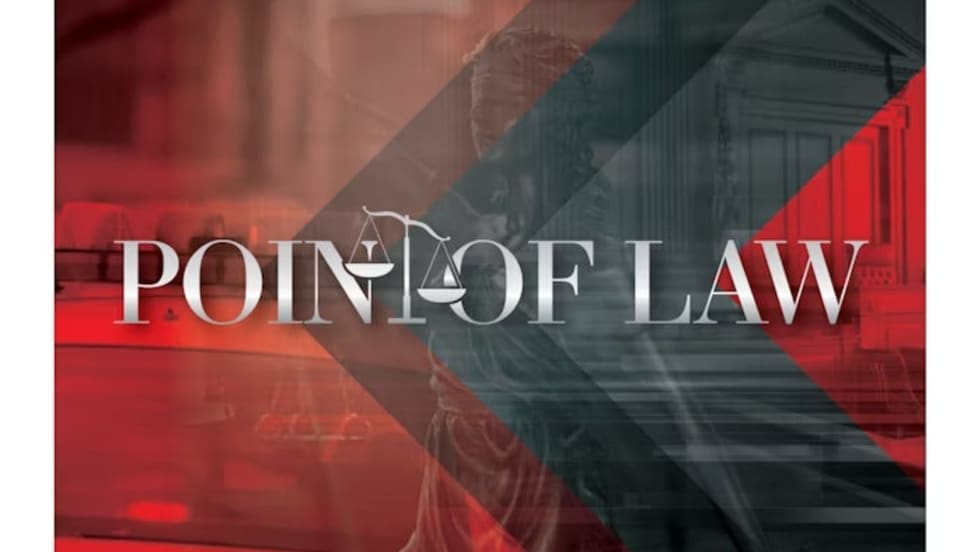In October 2015, several officers from the Greybull (WY) Police Department, including Officer Shannon Armstrong, responded to two 911 calls reporting a fight at a wedding reception.
When Officer Armstrong arrived, he was driving a marked police car with its blue-and-white lights flashing, he was dressed in his police uniform, and he was wearing a body camera. After Officer Armstrong exited his vehicle, he saw a group of people in the parking lot standing next to a pickup truck. Officer Armstrong ordered the group to “shut up and stand there.” After one of the men in the group, responded, “That’s not appropriate,” Officer Armstrong handcuffed the man and placed him in the back of his police car.
Officer Armstrong then asked a group of people who had been fighting and a woman told him, “Morgan Emmett.” As Officer Armstrong walked back to the group near the pickup truck, one of the men, later identified as Morgan Emmett, began to walk away. At this point, Officer Armstrong yelled to the man, “Morgan, Morgan. Come here.” Emmett glanced back but continued to walk away. Officer Armstrong followed Emmett, who began running. Officer Armstrong chased Emmett for a short distance, yelling “Stop” once before catching up with Emmett, and then yelling “Stop” once more as he tackled Emmett to the ground.
After Officer Armstrong regained his footing, he stood over Emmett, who lay on his back on the ground. Once Emmett was on his back, he became visibly relaxed, and he made no further movements indicating an attempt to run or fight back. Officer Armstrong attempted to grab one of Emmett’s arms, and Emmett asked, “What the f__k are you doing?” Officer Armstrong responded, “When I tell you to stop, you stop! Roll over!” Emmett giggled while looking at Officer Armstrong, but he did not roll over. Officer Armstrong then said, “You’re going to get tased!” and immediately tased Emmett in the abdomen for a single, five-second TASER cycle. Approximately 10 seconds had elapsed from the time Officer Armstrong tackled Emmett to the time he tased Emmett. Afterward, Officer Armstrong arrested Emmett for interfering with a police
officer.
Emmett sued Officer Armstrong under 42 U.S.C. § 1983, claiming violations of his constitutional rights to be free from unreasonable seizures and excessive force. Officer Armstrong argued that he was entitled to qualified immunity. After the district court found that Officer Armstrong was entitled to qualified immunity on all of Emmett’s claims, Emmett appealed to the Tenth Circuit Court of Appeals.







